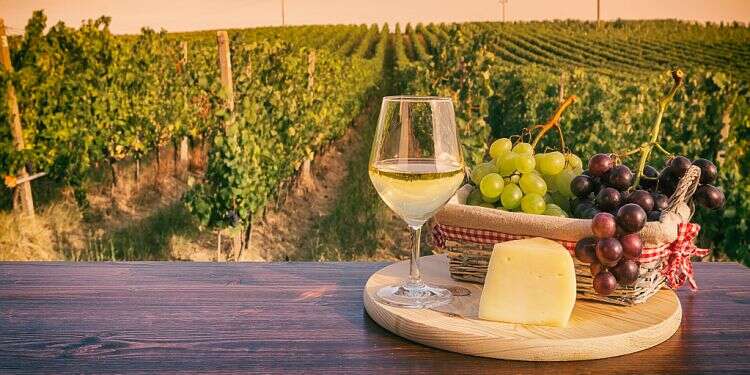The year 1952 was not unusual in any way in Israeli terms. The citizens of the young State of Israel were concerned with three matters: the struggle over the Holocaust reparations from Germany, the presidential elections (which Yitzhak Ben-Zvi ended up winning), and several bus companies merging into one, named "Egged."
Follow Israel Hayom on Facebook, Twitter, and Instagram
But in the coastal town of Binyamina, far from the public eye, and on the ruins of an old perfume factory, an immigrant from Hungary established the Eliaz Winery, which would go on to change Israel's wine industry forever.
Allow me to go back to the very beginning.
As part of his extensive efforts to support Zionist settlements, Baron Benjamin de Rothschild established a perfume factory in Binyamina in 1942, and a new neighborhood right next to it, where residents – immigrant families from Georgia who were brought there from Petach Tikva – picked flowers from which the perfumes were extracted, such as jasmine, acacia, daffodil, sage, roses, geranium, as well as citruses such as oranges and bergamots.
In 1933, when then-Emperor of Ethiopia Haile Selassie visited pre-state Israel with his wife, they were gifted a special perfume made by the factory, named "Queen of Sheba."
Unfortunately, the factory did not remain open much longer, and in 1934, with the transition of the global perfume industry to synthetic extracts, it was closed and abandoned. It was mostly used by the military for training ahead of what would eventually become the State of Israel.
At the same time, in Europe, Joseph Zeltzer – an industrialist and member of a Hungarian family of winemakers – survived the Nazi labor and concentration camps and reunited with three of his four children after the war.
In a book he wrote later, Zeltzer describes how he returned to his hometown. Although all possessions previously owned by his family were returned to him, "the hatred of the gentiles around us increased day by day and was highlighted in the uprising of the heavy metal factory workers … who rose up against the Jews who, in their opinion, have become rich again since returning from the extermination camps. On the other hand, hope for the land of Israel was undermined by the news of war with the Arabs, but one thing is clear – we must leave this tainted land."
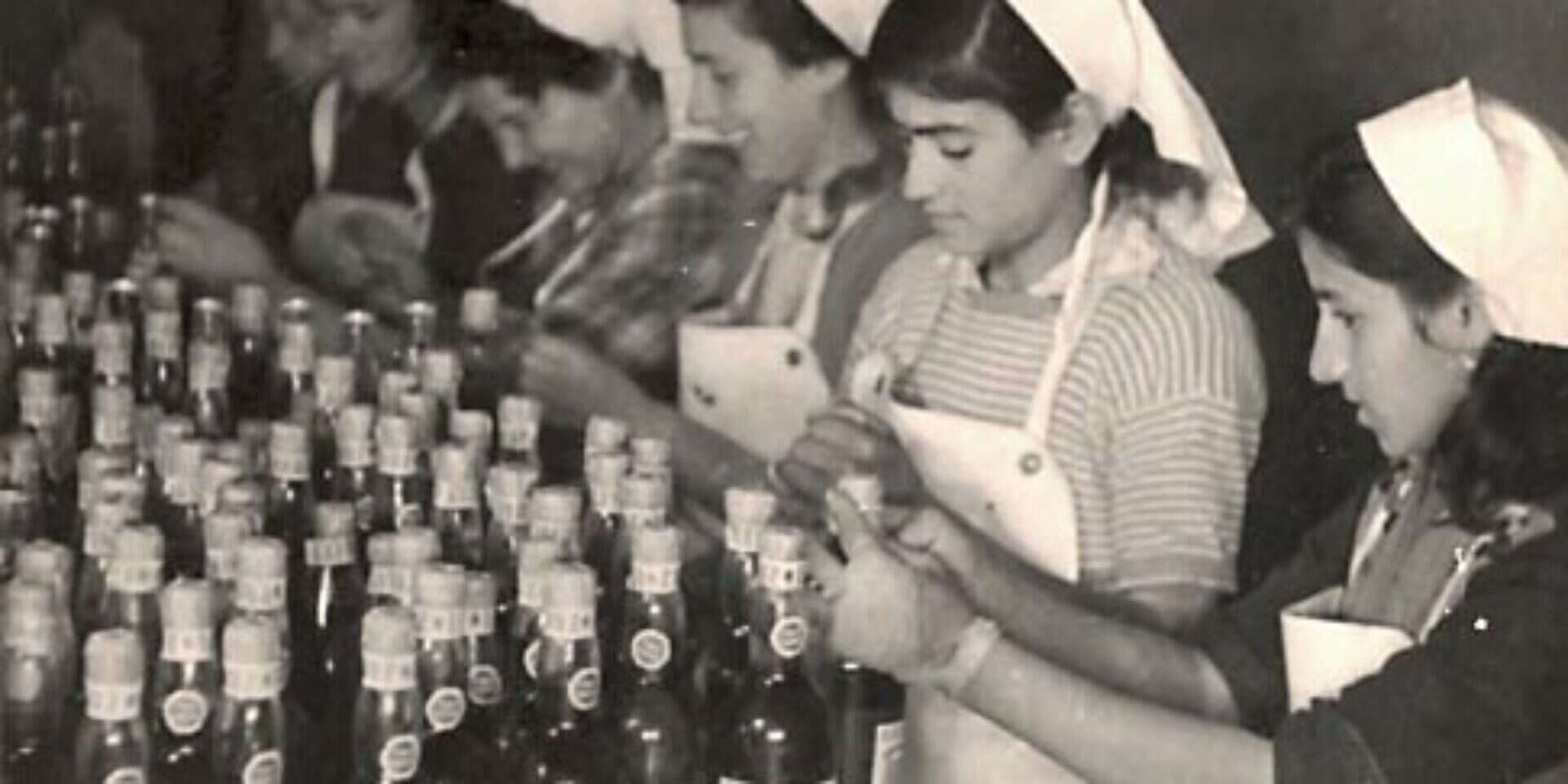
Zeltzer immigrated to Israel with his family in June 1948, with his son – Eliaz – getting drafted into a two-week training camp immediately upon arrival. And from there, to a War of Independence battle from which he never returned.
Upon receiving news of his son's death, Zeltzer wrote, "Once again I stood at the crossroads with the famed question: 'to live or not to live,' but [in the end], I have chosen to live, for the sake of life. For the loved ones around me."
In 1952, he rented the perfume factory that had not been used for 18 years and named it after his deceased son.
As they say, every beginning is difficult, and the Elizar Winery was no exception, especially since it threatened to undermine the monopoly of another winemaker. In an effort to prevent the establishment of the Elizar Winery, the competition started accepting Binyamina farmers into its association and pledged to buy their grapes. The matter was resolved and the Elizar Winery was able to begin operating only after then-Prime Minister David Ben Gurion himself intervened.
Besides producing wine, the winery also became an expert in making liquor and other spirits. The first and most famous one – the "Hard Nut" liquor – was created in honor of the prime minister, who was known as a "hard nut to crack."
Zeltzer sent a letter to Ben-Gurion thanking for his help and hailing his "strong personality" and leadership.
There are no words to describe my gratitude for your gift, and even more the content of your letter, the premier replied in return.
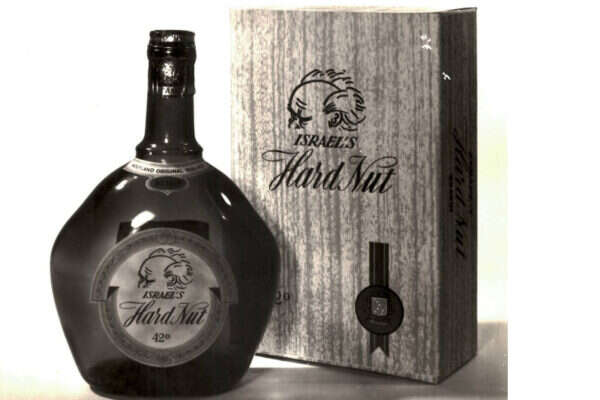
In the summer of 1965, there was a serious fire at the factory, reportedly due to the explosion of a spirit tank. Five senior winemakers died in the tragic accident and many more were injured. A part of the building was also damaged. Zeltzer could no longer look after the winery, and so he decided to put it up for sale.
The buyers – the Williams family, owners of the Bank of England – pledged to keep the winery named Eliaz, to honor Zeltzer's deceased son.
Unfortunately, a decade later, after the bank crashed, the Williams could no longer hold on to the factory either.
It was purchased by an ultra-Orthodox Canadian family, who also began producing sweet wines for Kiddush and other Shabbat-favorite alcoholic beverages.
At its peak, Eliaz Winery was the second-largest liquor producer in the country and the fourth-biggest wine producer. However, new winds blowing from northern Israel in the mid-1980s began to undermine the factory's status. The establishment of the Golan Heights Winery, which set a very high standard for wine quality, pulled the entire market with it.
Although the Eliaz Winery was and continues to be an important symbol of our town, and many livelihoods in Binyamina depend on it, it is not the same anymore, Mordechai Kirmayer, the head of the Binyamina council wrote at the time.
Ilan Hasson, then-sales agent of Eliaz Winery, wrote, "In the 1980s, the winery was at its peak, but then a lot of quality problems arose, with customers returning a lot of the products."
The winery was up for sale yet again in 1992, when it was purchased by Yitzhak Shani, who also owned the Lev Cinema in Tel Aviv, as well as film producers Avi Lerner and Danny Dimbort. It was also renamed than to Binyamina Winery.
"Yitzhak bought the winery because he wanted to do business with luxury fragrances," Kirmayer wrote, "but the fragrance was smelly, literally. He felt he had fallen into a trap. At the same time, the competition made a 'twin city' alliance with Hungary's Tokaj, the famous dessert wine producers, and the Binyamina winery was jealous of them and replaced all its equipment. The name of the winery was also changed from Eliaz to Binyamina. I think Shani lost a lot of money there."
Along with the new equipment, the company also hired a new winemaker, Ed Salzberg from the Carmel Winery, who brought a new spirit to the group. However, only four years later he received an offer from Barkan Winery that he just could not pass up.
Amram Soraski, 84, a veteran Israeli winemaker recalled, "I was the main and only winemaker of Barkan Winery at the time, but I lived far away. And so Salzberg was hired to join us and work under me, which made me very happy."
But Hasson, who had become manager of the Binyamina Winery by then, acted swiftly.
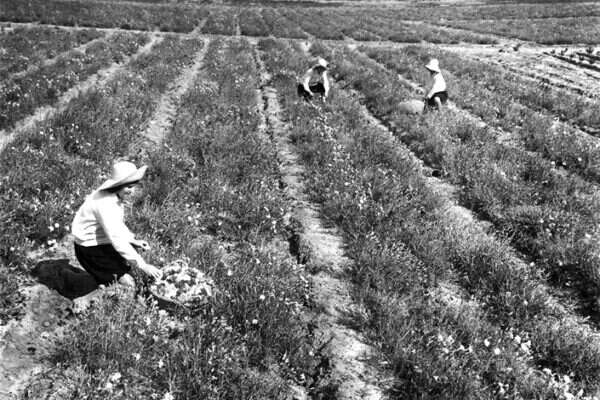
"At the same time, out of nowhere, I got a call from Ilan Hasson asking me to work for him because 'they stole his winemaker,'" Soraski continued. "Binyamina was much closer to my home. On the other hand, the Binyamina Winery was much less professional than Barkan, Carmel, or the Golan Heights wineries. People said at the time that 50% of the products that were sent out in the morning got returned in the afternoon.
"And it wasn't that Salzberg didn't know how to make wine, it's just that conditions were terrible – in Binyamina, they used concrete pools to ferment the wine, not stainless ones, which can sometimes lead to mold, bacteria, and other debris.
"I then remembered the story of a German winemaker who turned a rundown winery in South Africa into a spectacular success within a few years by improving the quality of the wine. So I decided to move to Binyamina and do the same. Very quickly, I started winning medals from all kinds of [wine] competitions around the world.
"It was an exciting time, a time of relentless action, innovation, growth, and breakthrough. We led the grape revolution in Israel, with quality produce rather than quantity."
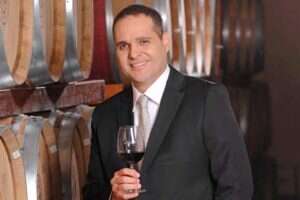
Under Hasson's management, the Binyamina Winery underwent a transformation and emerged as a major commercial success. One of his greatest ideas involved branding the flagship wines of the bakery as "The Cave." It refers to a cave dug in a rock on Mount Horsham in the Carmel Ridge, which was used by the Ottomans to store valuable items.
"It has optimal conditions for aging wine – it is about 90 meters [300 feet] deep with high humidity and lower temperatures in the summer. In 1892, the pioneers of Zichron Yaakov and Binyamina discovered the cave and stored wines and spirits in it," he said.
There, in special oak barrels, the Binyamina Winery's flagship wine matures until bottled. The product launched at the beginning of the millennium and quickly became popular among wine collectors and aficionados.
Subscribe to Israel Hayom's daily newsletter and never miss our top stories!
The Binyamina Winery changed hands several times. In August 2008, it was purchased by private investors who recognized the winery's immense potential and sought to continue its role as a leader in Israel's wine sector. To this day, they continue to invest regularly and unsparingly in the vineyards, premises, equipment, and human resources.
In the last decade, the winery has been run by Moshe Efraim, 51, who is also CEO of Vita Pri Hagalil. The current chief winemaker is Yonatan Shotts, who studied Enology and Viticulture at the Faculty of Agriculture in Florence University, Tuscany, Italy, and brings a variety of winemaking experiences from working at wineries in Australia, Italy, and Israel.
He joined the winery in 2015, but not before working with Michel Rolland, a world-renowned Bordeaux-based oenologist, at Israel's Amphorae Winery.
Q: It seems that the Binyamina Winery is not as in demand in recent years as it used to be, except for The Cave wines.
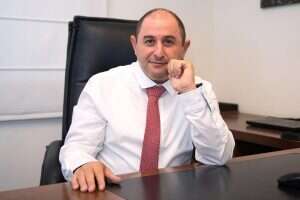
"Feelings are a relative matter. We sell our products without any problems and often, there are even shortages and no spare wine in the warehouse," Efraim said. "We may not be most popular in restaurants, but we do a wonderful job in chains and stores. Our export has also increased two-fold and now account for about 26% of total production."
"I can say with utmost confidence that we are one of the most profitable wineries in Israel today. From an oenological point of view, we are the only ones that grow extensive, high-quality vineyards in the Gilboa ridge."
Shotts added, "The Gilboa ridge is located above the Emek HaMaayanot and the height differences are enormous. The winter is very cold and the wind blows even in July and August, which creates a cooling effect and ventilation in the vineyard and contributes to longer, more moderate, and balanced ripening and high-quality grapes.
"Our wonderful winemakers grow unique Mediterranean [grape] varieties, such as Petite Sirah, Marselan, Shiraz, Garnacha Tintorera, Caladoc, Roussanne, Marsanne, and more, along with other areas in the country where we harvest grapes, such as the Galilee and the Golan Heights, the Judean Plain and of course, our region."
Q: And what are your plans for the future?
"Having learned from the best in the industry, my vision is to specifically tailor grape varieties to the sub-regions where they produce the best results," Shotts said.
Efraim added, "We strive to improve the quality of our wines and focus on premium wines, which is why we have planted hundreds of acres of new vineyards in high-quality areas like the Golan Heights and Gilboa, and other expansions."

